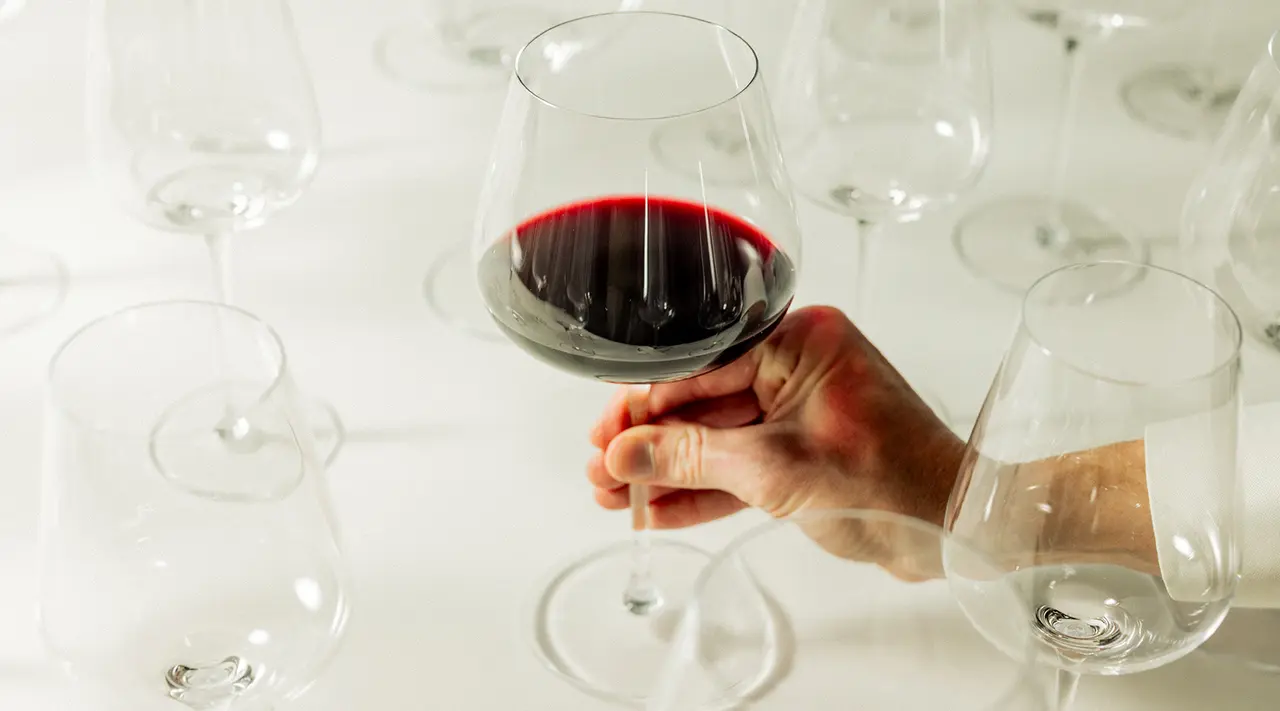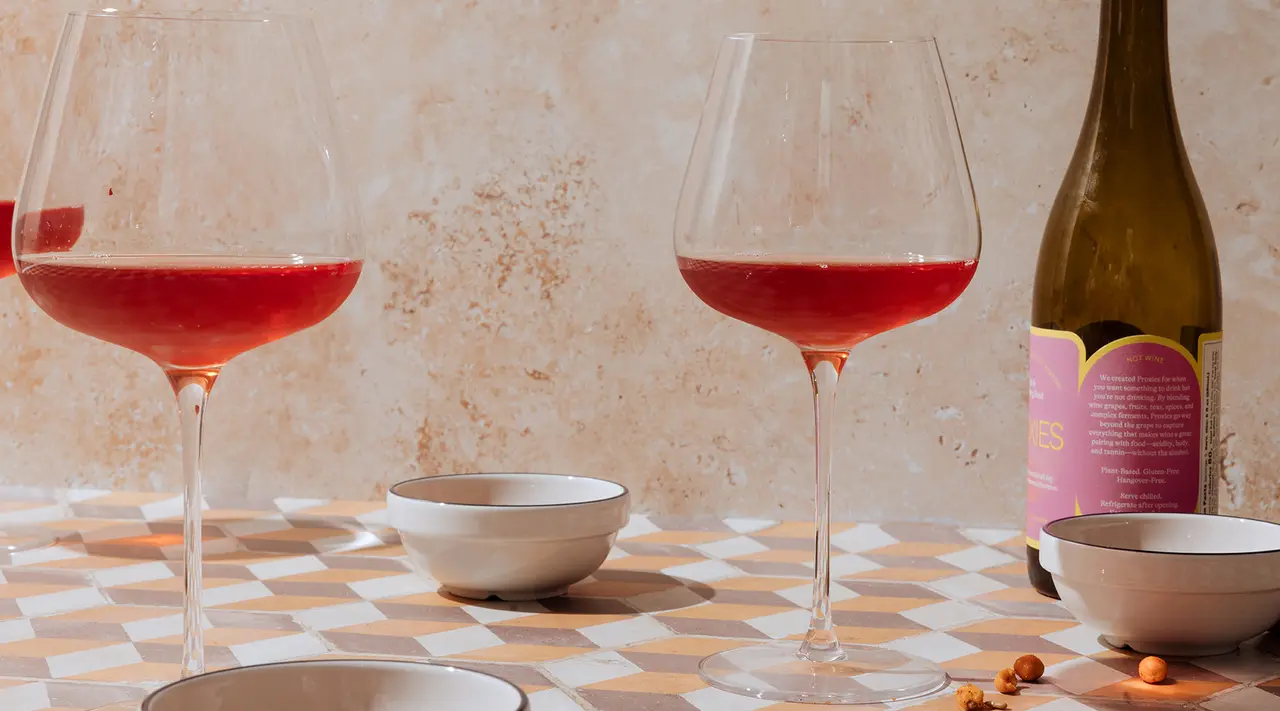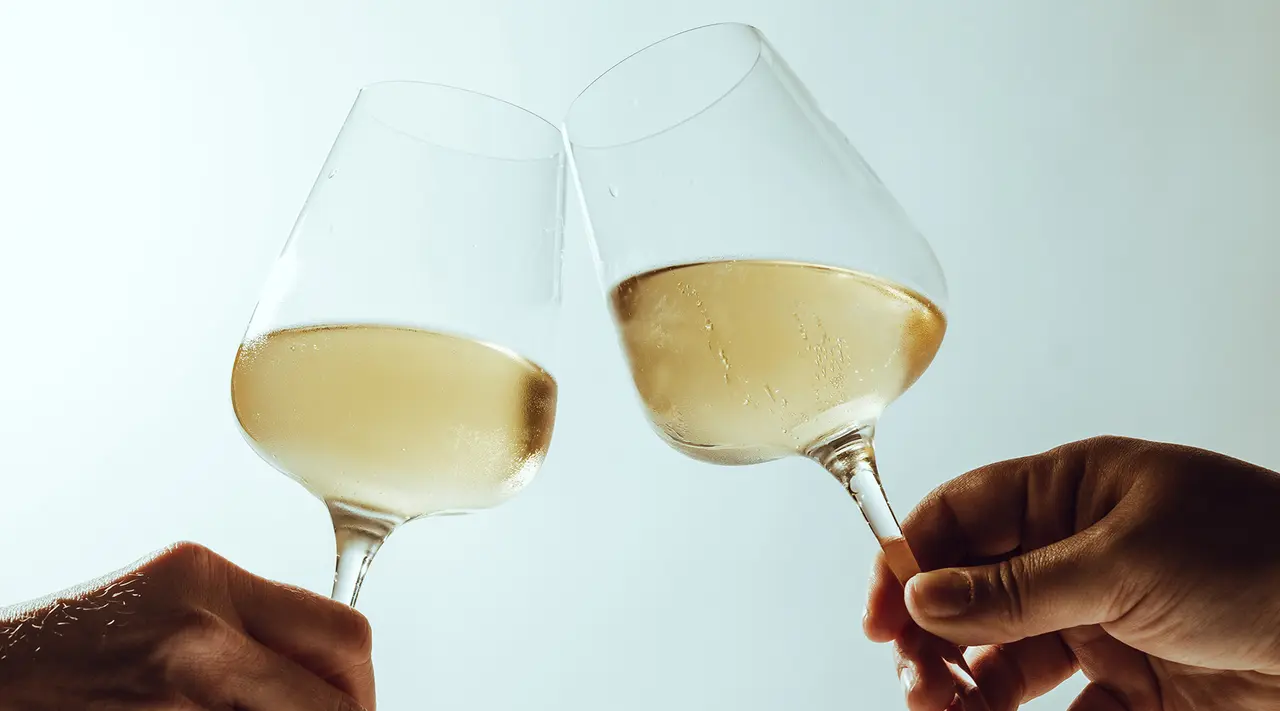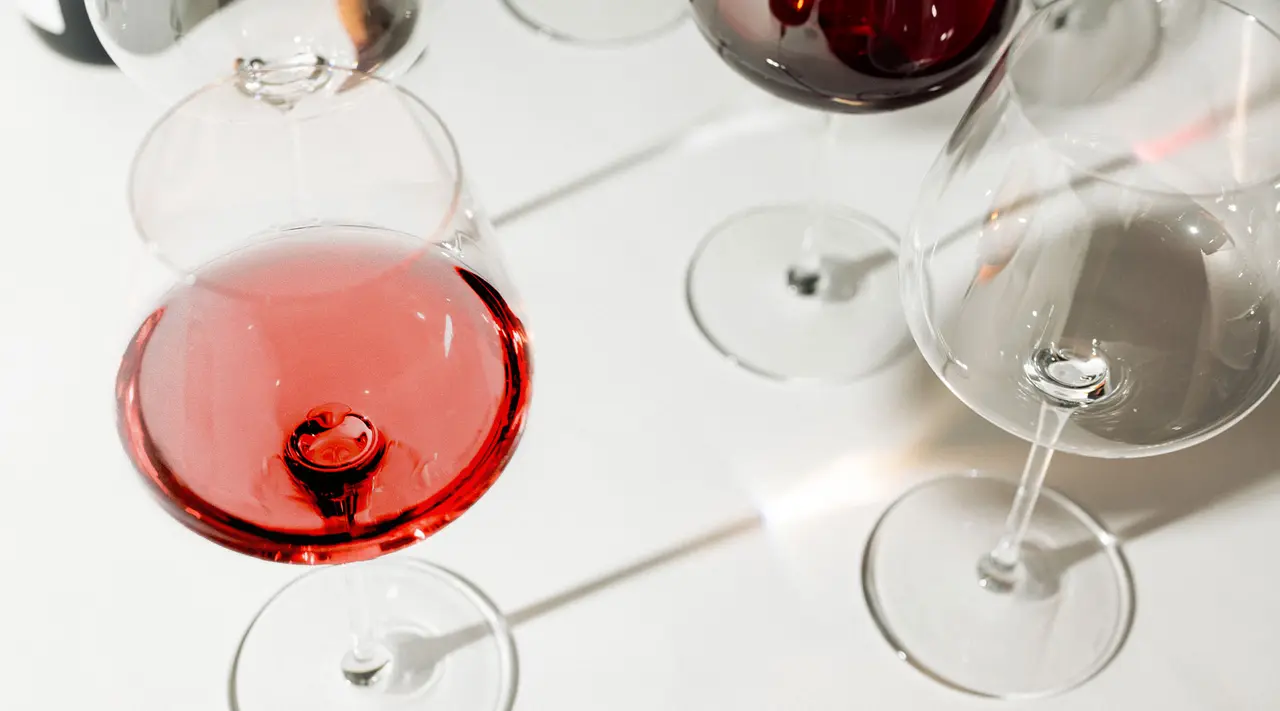If you’ve turned on the news in the past few years or spent any amount of time researching vintage home goods, then you likely know the storied (and complicated) past of lead. Once thought of as an essential ingredient in everything from paint to drinking glasses, lead has now been phased out of the manufacturing process and is commonly viewed as public health enemy #1. Lead exposure has been linked to a number of negative health conditions, from behavioral issues in children to infertility in adults.
So, where does that leave you and your kitchen items, including drinking and wine glasses? Here, we’ll cover everything you need to know about lead in glassware and other home items, why it matters, and how to ensure you’re getting safe, lead-free glassware.
Understanding Lead and Cadmium in Glassware
Much like gold or iron, lead is a naturally-occurring metal found in the Earth’s surface, with trace amounts detected in soil and water, that was once used in the manufacturing process for home goods and paint. In glassware specifically, it was used to make the glass more transparent and expensive looking. Unlike other naturally-occurring metals, lead can leach into our bodies over time and cause health problems or even lead poisoning.
Cadmium is similar to lead in that it is also a highly toxic, naturally-occurring metal found in the Earth’s surface. Both lead and cadmium were used to strengthen glassware, make it more resistant to breakage, and enable it to be etched with intricate designs. Cadmium is still used today as a coating for electronics, solar panels, and dyes/pigments.
Since discovering both the short- and long-term effects of lead exposure in the 1970s, organizations like the Environmental Protection Agency (EPA) have worked diligently to eliminate lead from the production of common household belongings and ensure they’re 100% lead-free. That said, lead is still present in many antique goods or imported goods that are manufactured in a region with less strict regulations, so it’s important to be cautious when bringing home thrifted dishware or ordering items from a different country.
Previously, it wasn't entirely clear how much lead and cadmium were used in glassware manufacturing, but a 2017 study by the University of Plymouth helped prove just how prevalent it still is today. The team performed 197 tests on 72 new and secondhand glasses and found lead present in 139 tests and cadmium in 134, both on the surface and rims of the glasses. Additionally, cadmium was detected in paint on glassware, raising concerns about the safety of decorative glass.
Is Lead (or Cadmium) Glass Safe?
Beautiful as it may be, glass containing lead and/or cadmium should absolutely not be used to drink from. Exposure to even small amounts of lead or cadmium can have harmful effects on your health—and even though lead poisoning is more likely to occur after exposure to a high level of lead in a short amount of time (versus a small amount over a long time), it can happen to anyone who has had any amount of exposure to lead.
Some long-term effects of lead poisoning for adults include:
- Hypertension or high blood pressure
- Kidney problems
- Reproductive complications
Can You Find Lead-Free Crystal?

Lead is a common concern in the manufacture of crystal glass, as it was a common additive to make the crystal more transparent and look more expensive.
Nowadays, lead-free crystal should be the norm if you’re purchasing new, high-quality glassware made in the US or Europe. For instance, our European-made Glassware is not only 100% lead-free, but is subject to some of the strictest safety regulations in the world and passes with flying colors.
Tips to Identify Lead-Free Glassware

If you’re now sufficiently worried that all of your home goods contain lead, don’t be. Lead-based paint was banned in 1978, so all glassware produced in the U.S. and Europe since then should be safe to drink from—but if you regularly shop at Amazon, Costco, Ikea, or other big box stores, you should check the location of where your products are made, as many products made by larger manufacturers are made in areas with less safe regulations.
If you frequent the thrift store for antique or secondhand home goods, then check what year it was manufactured—a date is often stamped somewhere on it, and production after 1978 should mean it’s in the clear—but always err on the side of caution and don’t drink from or eat off of it until you’re certain it’s safe.
What’s the Safest Type of Crystal Glassware?

The safest type of glass you can drink out is first going to be any that’s lead-free. If you’re serious about safe glasses, look for those made with solid safety regulations in place—typically, anything made in Europe will have very strict and thorough safety inspections that all products must 100% pass before being released for sale.
Since our Glassware is made in Europe, it’s subject to those same safety inspections, which are among the strictest in the world. Our lead-free Glassware is made from quartz sand—a mixture of kaolin, silica sand, and feldspar—sourced from one of the purest mineral deposits in Europe. The final product is not only lead-free, but the clearest, most beautiful glass possible.
How Do We Get Such Beautiful Glasses Without Lead?
When designing our Red and White Wine Glasses, we knew we needed to replicate the same look and beautiful crystal transparency that lead glassware has without adding any lead. This is an essential quality in wine glasses, because the look of the wine is part of the tasting process—meaning you need ultra-clear crystal for a complete tasting experience.
We found the best way to get the same clarity as lead glassware (while remaining completely lead-free) is through a process called fire polishing. Once the glass has been blown and cooled down, flames are heated to a specific temperature and are used to polish the glass until it’s beautifully, completely transparent. This process is expensive (which is why many manufacturers skip it altogether), but the end result is priceless: Pure, lead-free crystal glass, without any additives or bad, harmful ingredients.
Ready to Shop Safe, Lead-Free Crystal Glassware?
When you reach for a wine glass for your dinnertime glass of red wine, the last thing you want to be thinking about is whether or not your glassware is bad for you. Luckily, you don’t have to when you’re using our lead-free crystal Glassware—you can sip, swirl, and enjoy, knowing that your Glassware was sourced from the finest mineral deposits in Europe and is 100% lead-free.
























